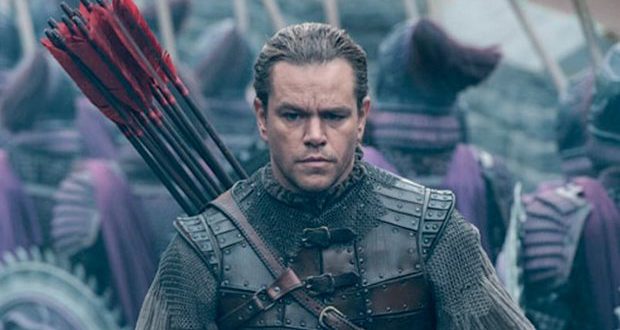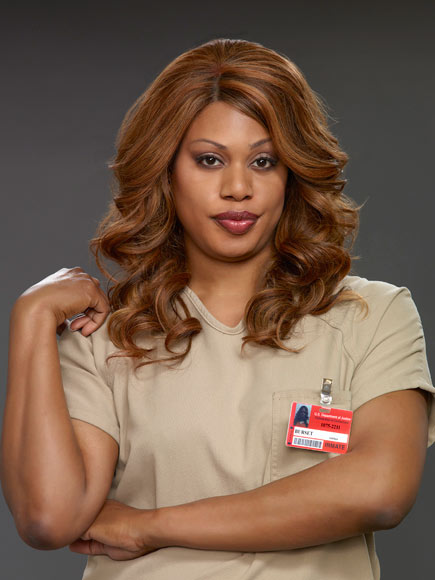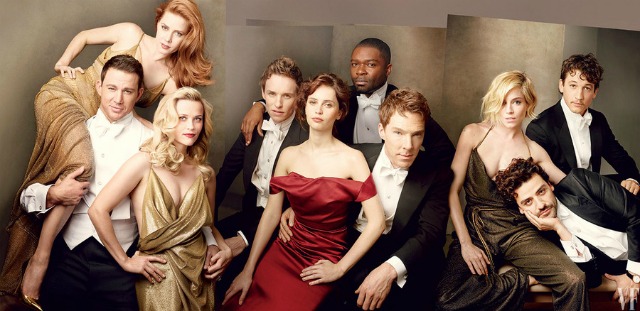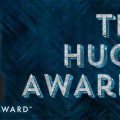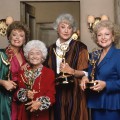When talking to Gollancz’s Publishing Director, Gillian Redfearn, at Nine Worlds (you can listen to the full conversation here), I’ve been mulling over something she said. Gillian posited that we may have a gender default – where we automatically default to the male. This might be for writers when coming up with new characters or even readers making an assumption of gender before one is stipulated. Previously (in another episode of Breaking the Glass Slipper, ‘Writing Gender’), writer Lucy Hounsom expressed a similar concern about defaulting to male whenever she introduced minor peripheral characters such as soldiers or blacksmiths.
This is a big problem. And it doesn’t stop with gender. If you are not explicitly told otherwise, do you assume that everyone – real or fictional – you encounter is white and straight? Maybe you are better than most, perhaps this never happens to you. Unfortunately, many of us do have these kinds of default assumptions when approaching the real world as well as the artistic (books, film, comics, TV…).
What is the default?
While at Nine Worlds, a convention that prides itself on its inclusivity, I found that I was hopelessly out of my depth and was stunned to realise my utter naiveté. Not only was I tripping over the correct usage of pronouns (if you go by a pronoun that is not obvious, I won’t know any different!), but I was called something I’d never come across before: cis. For any of you similarly naïve, let me break this down for you. Cis is short for cisgendered, meaning that you identify to the gender you were biologically born with.
When I had this word applied to me, there was an element of vitriol. Though taken aback by this, I tried to grasp where they were coming from. After all, I was so ignorant of my privileged position in life I’d never even heard of the term. I’m white, cisgendered, straight, from a middle-class background, educated, with a steady job. While I am a woman, I have never felt particularly marginalised as a result – something, my friends tell me, is potentially linked to those other pieces of privilege: race, sexual preference, socioeconomic background, and education. So, really, how could I possibly understand the hardships of minorities?
So, if we were to give a definition of the generic default human to appear in the next book you read or TV show you watch, it would be something like this:
- Male
- White
- From a Western culture
- Cisgendered
- Straight
- Middle class
- Educated to undergraduate degree level (at a minimum)
- Able-bodied
Hardly representative of the varied peoples of the world, is it?
The consequences of default prejudice
The problem is predominantly two-fold: lack of diverse representation in fictional characters and lack of diverse representation amongst successful (and by this I mean traditionally published or writers/directors/etc of film and TV) content creators. In this way, the silencing of diverse voices is happening at both ends. It is a dangerous cycle of oppression.
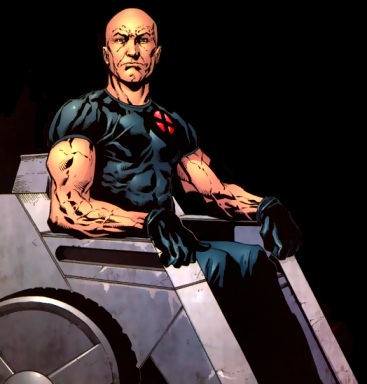 When it comes to the artistic world, there’s nothing new in having marginalized voices silenced. It was practically all I learned about in English Literature classes in high school. And while we might highlight in older texts and talk condescendingly about how awful it was, there’s very little discussion of the problems in our current texts, despite the marginalization remaining a prevalent issue. It is 2016 and we still have countless communities wondering when people like them will be represented in popular culture.
When it comes to the artistic world, there’s nothing new in having marginalized voices silenced. It was practically all I learned about in English Literature classes in high school. And while we might highlight in older texts and talk condescendingly about how awful it was, there’s very little discussion of the problems in our current texts, despite the marginalization remaining a prevalent issue. It is 2016 and we still have countless communities wondering when people like them will be represented in popular culture.
As bad as it is that someone might not be able to see someone similar to them in modern texts, this silencing of voices bleeds over into the creative side as well. There are fewer texts published or produced by diverse voices. Don’t believe me? Just take a look at Fireside’s report on the publishing statistics of work by Black authors. Why? Fear of failure is one. They may see that they aren’t represented amongst content creators and fear that there is no space for them. Or perhaps they have experienced that prejudice first hand. Or in order to find success, minority creators might emphasise the ‘default’ in their writing, so that their minority status does not impact the success of their work. Whatever the reason, these voices deserve a place amongst their white heteronormative colleagues.
What can we do?
Not only is the homogeneity of representation in many modern texts harmful because it culturally disenfranchises already marginalized communities, it’s also really bloody boring. Changing up the ethnicity, sexual orientation, gender identity, etc, of some (or all!) of your characters can only be a good thing, not just for ensuring that minority voices are represented in modern texts, but because drawing upon a wider array of experiences will surely make your work more interesting. You have nothing to lose by adding diversity to your novel or script.
It is, of course, easier said than done. After all, these defaults are socialized into us from a young age. How do you break from not only a habit of a lifetime but a habit that billions of people across the world share? The answer is not to throw in ‘token’ diverse characters. If you are to include diverse traits, ensure that they impact the story and you have something to say, rather than simply adding a trait that you felt was lacking. Whatever you do, if you are working with fiction, try to create a world that actually represents the incredible diversity we see in the real world.
How do you avoid tokenism? First, you need to be able to identify what it is. Ella Wilks-Harper defined it as ‘Tokenism is the practice of cherry-picking a handful of societally underrepresented individuals, as a perfunctory effort to appear diverse and representative of the larger society.’ She goes on to draw examples from Hollywood, where minor characters, and often stereotypical ones at that, are those given to actors of colour, while main characters are white-washed (remember Emma Stone’s turn in Aloha?). Don’t simply include diverse characters as a token effort towards inclusivity, and be sure that you are adding to the discussion rather than simply reinforcing and recycling stereotypes. As Thegeoking points out, ‘inclusion is not enough’.
Outside of creating content that explores diversity, you should also encourage people to engage with texts written and created by people from marginalized communities. Read stories by Africans, Muslims, and transgender writers; watch films from Indonesia, Japan, South America, and Sri Lanka; binge watch television featuring LGBT characters or covering issues of race. The more you expose yourself to the diversity that exists, the less likely you are to default to someone either exactly like you or the privileged default we’ve been conditioned to follow.
I am one of those privileged voices and I hope to help improve diversity representation in fiction. Are you?
 Pop Verse Pop Culture Universe
Pop Verse Pop Culture Universe
